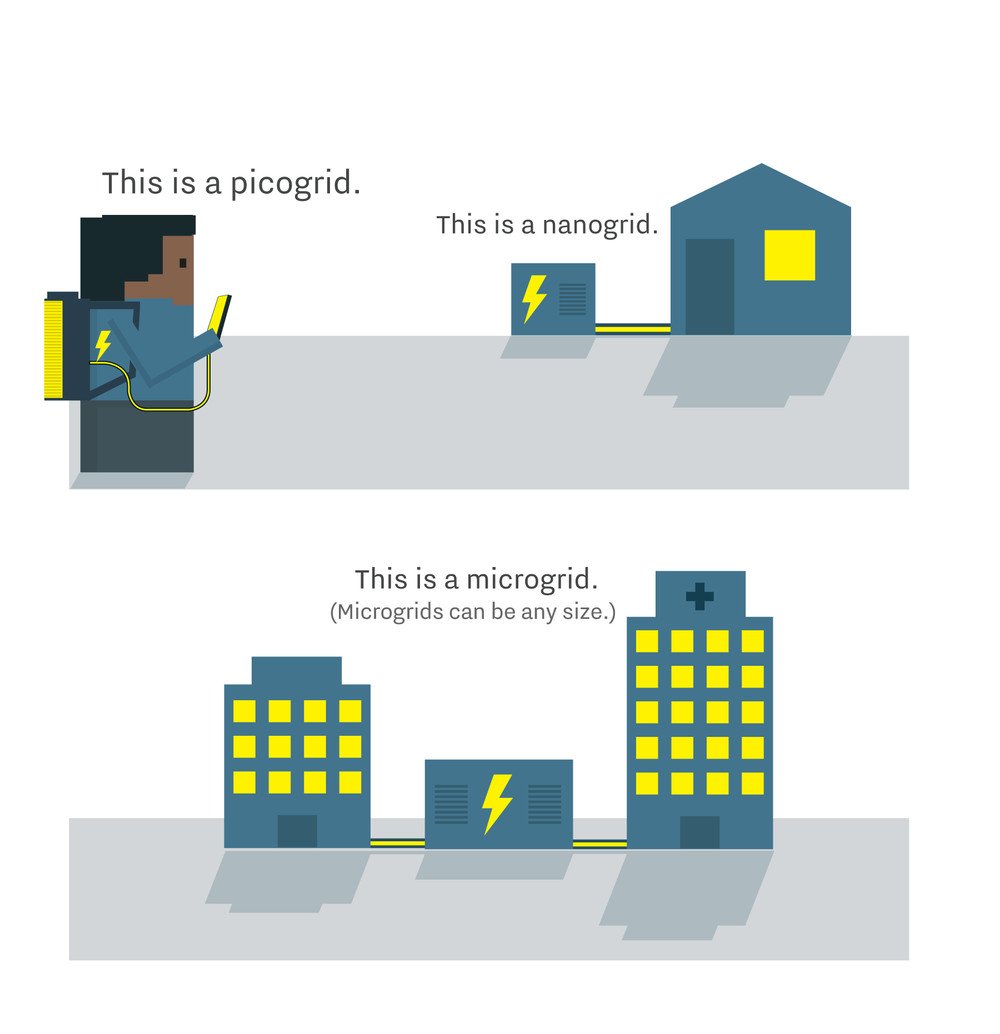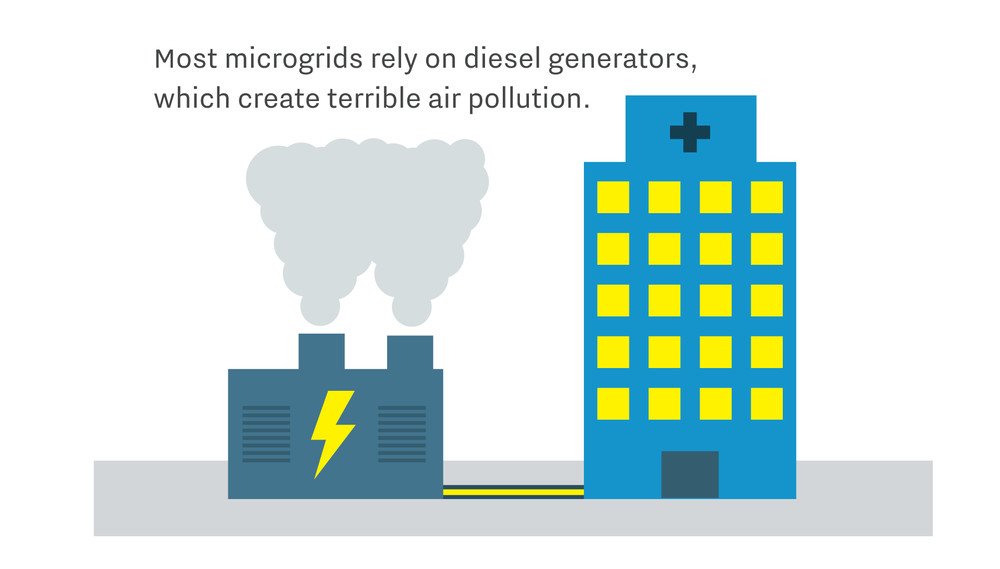The ever-increasing need for electricity
Humanity desperately needs to maximize the efficiency of creating and storing electric energy. The demand is ever-increasing. Hand in hand with the mechanization of industry comes greater demand. Also wealthy companies can afford to have their adverts, even offices, permanently “on”. The supply of oil is decreasing, therefore all the fuel-powered gadgets and vehicles will sooner or later have to switch to electricity. Now with the emergence of cryptocurrencies, another significant milestone in electricity consumption has been reached and the situation will only continue in similar manner. Don’t worry, this isn’t a forecast of doom. Throughout this mini-series I’ll try to present at least a partial solution, but first things first.
Macrogrid

Let me start by a quotation of what is grid.
Technically, a grid is any combination of power sources, power users, wires to connect them, and some sort of control system to operate it all.
As of now, most of us (and probably almost all of us living in cities) are connected to Macrogrids. Those can be understood as centralized generators and distributors of electric energy. Those are mostly power plants, but they don’t necessarily need to be. Macrogrid are a truly natural construct of centralized society. They are usually owned by states fully, or partly. There are only handful of Macrogrids in every state (not counting the really huge ones obviously), therefore a huge part of every state is connected to one of them. That means we have easy access to electricity (someone else has dealt with all the possible problems for us and all we need to do is pay). But it also means that when any kind of problem occurs in the Macrogrid, a HUGE blackout is imminent. That is why there was originally need for Microgrids.
Microgrid

Microgrids have for long time served as a backup power for the centralized grid. There was no other way really. Decentralized systems haven’t been around yet, therefore there was no way for Microgrids to compete against the Macrogrids – the effectivity was unreachable. At best people could have had solar panels, windmills, etc. that were able to power up a house or flat when the conditions were optimal. Sometimes there was though too much energy and it came to waste (if the owner didn’t have extra wealth and space to buy batteries), or the exact opposite. I only mentioned “green” Microgrids. The sad reality is that vast majority of the Microgrids were fuelled by diesel generators.

Like this example shows, hospitals need their backup power. They cannot afford loosing lives because of a power down. At the same time though they can’t rely on solar panels solely. What if the shutdown occurs during the night? Humanity simply lacks “good batteries” that would allow us to effectively store the energy from when it was shiny till the blackout time. Thus said, as of now there is a need for non-green Microgrids, but solely due to poor optimization of the system. The decentralized systems will come to the rescue once again! But contemplation about that will follow in the next article.
Main source: https://www.vox.com/energy-and-environment/2017/12/15/16714146/greener-more-reliable-more-resilient-grid-microgrids

